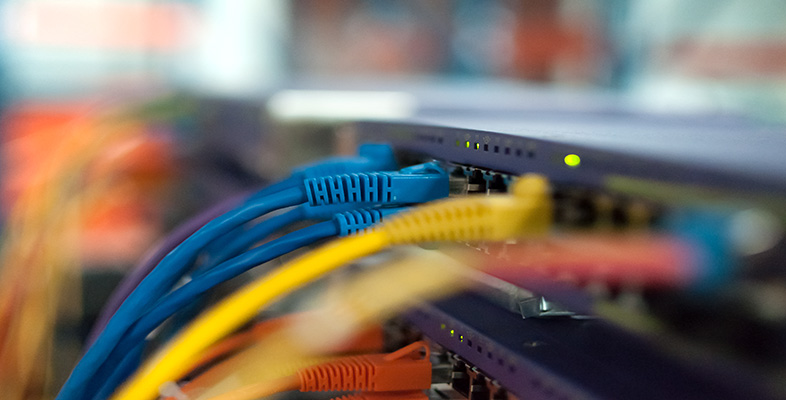6.3 Devices for automatic control
Sensors and actuators were mentioned in the introduction to the article, Networked microsensors and the end of the world as we know it, that you read in Section 1. Sensors are devices that measure some physical property – for example, temperature, electrical resistance, motion – and provide an output in a form that can be interpreted and communicated. Actuators are devices that take some kind of action in response to a signal – examples include an electric motor or an electrically controlled valve.
Activity 26: exploratory
Try to think of at least one example of a sensor and one example of an actuator in use in your own home.
Discussion
For examples of a sensor I thought of the PIR (passive infrared) detector used to trigger a security light outside my house, the smoke detectors embedded in my smoke alarms, the temperature sensors in my central heating and hot water system, and the device in my electric kettle that senses when the water is boiling. Some of these devices are intrinsically coupled to an actuator.
For examples of an actuator I thought about the electrically operated valves that control the flow of water into my washing machine and dishwasher, the release mechanism on my washing machine door, the loudspeakers on my audio system (where the speaker cone moves in response to an electrical signal). I also thought about the little hammer that used to strike the bell on intruder alarms and doorbells – but I don't have any of these.
